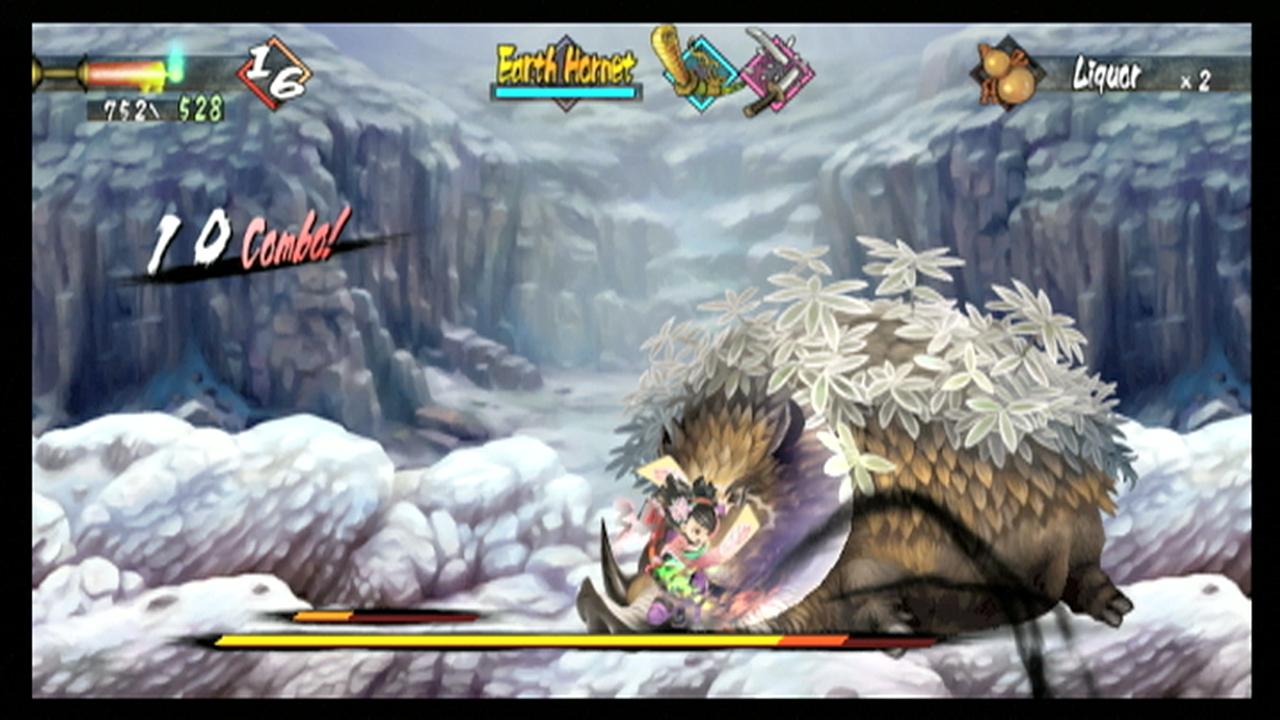GamesRadar+ Verdict
Pros
- +
The unequaled visuals
- +
Chaotic
- +
satisfying combat
- +
Two genuinely different quests
Cons
- -
Not learning moves as you level up
- -
Lots of unnecessary backtracking
- -
Wii Remote handling. Use a controller!
Why you can trust GamesRadar+
Without question, Muramasa: The Demon Blade is the most beautiful game on Wii. Its lavish, superbly animated world shames the system's tepid 3D offerings to the point where "pretty for a Wii game" should be forever stricken from gaming phraseology. No doubt you've peeked at the screens, maybe even watched some videos, but to truly appreciate these visuals you need to experience them firsthand, a sincerely welcome task given that the backbone of the game is a battle system that allows you to chop ninjas, monsters and demons into bits.
Combat is a mix of Devil May Cry's stylish acrobatics with Castle Crasher's juggle-happy combo strings. Nearly every move can be chained into another, so you can strike two ninjas in front of you, hurl them in the air, turn around and deflect a shuriken back at another ninja across the screen, then leap into the air and continue pounding on the first two guys before they hit the ground, all without breaking a sweat. It goes on like this until they're all dead, at which point you see a brief tally screen judging your performance, and then you're running off in search of the next jaw-dropping, building-sized boss.

Sounds fun as hell, right? It truly is one of the flashiest, most satisfying combat schemes we've played in years, even though it's handled with one attack button and some flicks on the direction stick. The one-button limitation doesn’t hinder the experience, but the lack of new moves sure does - you begin the game with literally every move you'll ever know. You have access to all of your attacks from the get-go, and even though you'll gain experience, money and equipment as the hours wear on, you never learn new moves. Imagine if Devil May Cry or Ninja Gaiden began with Dante or Ryu in full possession of their entire battle repertoire, robbing the player of character growth and a sense of progression. It's a strange choice somewhat balanced by the forging system, the method in which you purchase new god-slaying blades.
Instead of learning new moves, you unlock new swords from a branching chart. Each sword handles roughly the same and only brings one unique special attack to the fold. Thus, you're not unlocking new weapons so much as unlocking one new special attack per sword. It's great for initial experimentation, but inevitably you'll find a special that you love, one that really racks up the combo count, and have to discard the sword it's attached to because it's too weak to fight off the next area's tougher enemies. If you dig around the chart long enough you'll find a newer, more powerful version of that special attack (as in Slash I, Slash II etc), though that makes your options appear even less varied. It’s a surprising lack of combat options for a game built around slaughtering enemies by the hundreds.
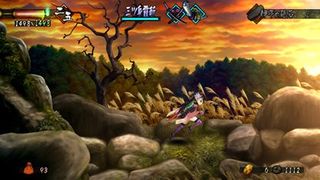
While the combat may ultimately prove shallow, Muramasa has a less tangible depth that many contemporary action games do not. It handles like an old-school, no-nonsense title from the Super NES and Genesis days, with clean and clear level structure, challenging yet enjoyable boss encounters and melodic, catchy music that'll undoubtedly live on for years after we've stopped playing. If you missed this style's heyday in the '80s and '90s, this is a perfect game to use as a buffer between today's obsession with glitz and yesteryear's devotion to design. The little problems are still there, but you're far more likely to forgive them in favor of the pervading sense of artistry, care and expertise.
More info
| Genre | Action |
| Description | Featuring lovely hand-drawn 2D art, Muramasa transports players into a little known mythology envisioned by the creators of Odin Sphere. Take on the role of a male ninja or female kunoichi and traverse the side-scrolling levels with crazy combos and scads of old-school action. |
| Platform | "Wii" |
| US censor rating | "Teen" |
| UK censor rating | "Rating Pending" |
| Alternative names | "Oboro Muramasa Youtouden" |
| Release date | 1 January 1970 (US), 1 January 1970 (UK) |
A fomer Executive Editor at GamesRadar, Brett also contributed content to many other Future gaming publications including Nintendo Power, PC Gamer and Official Xbox Magazine. Brett has worked at Capcom in several senior roles, is an experienced podcaster, and now works as a Senior Manager of Content Communications at PlayStation SIE.
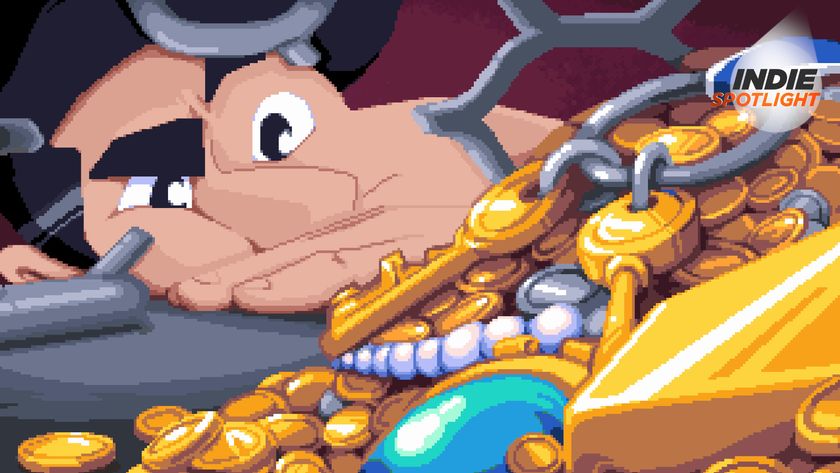
With fantastic pixel art animation and fiendish puzzles, Loco Motive proves the spirit of Monkey Island is still going strong
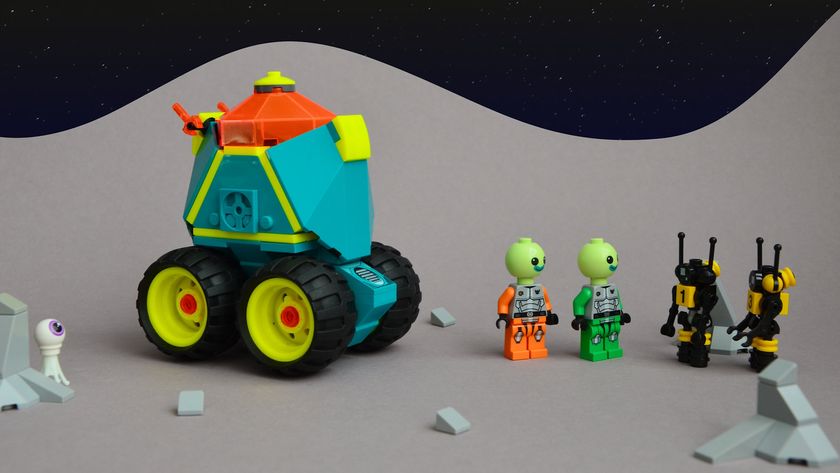
I just discovered Lego Febrovery 2025 is a thing and these amazing Sci-Fi designs are making me want to get back into building again
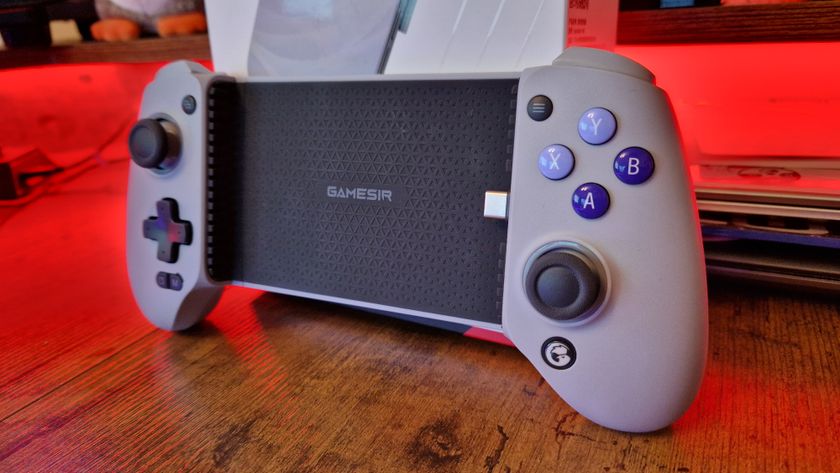
GameSir is one of my favorite controller brands, but I hope it changes one thing in 2025
